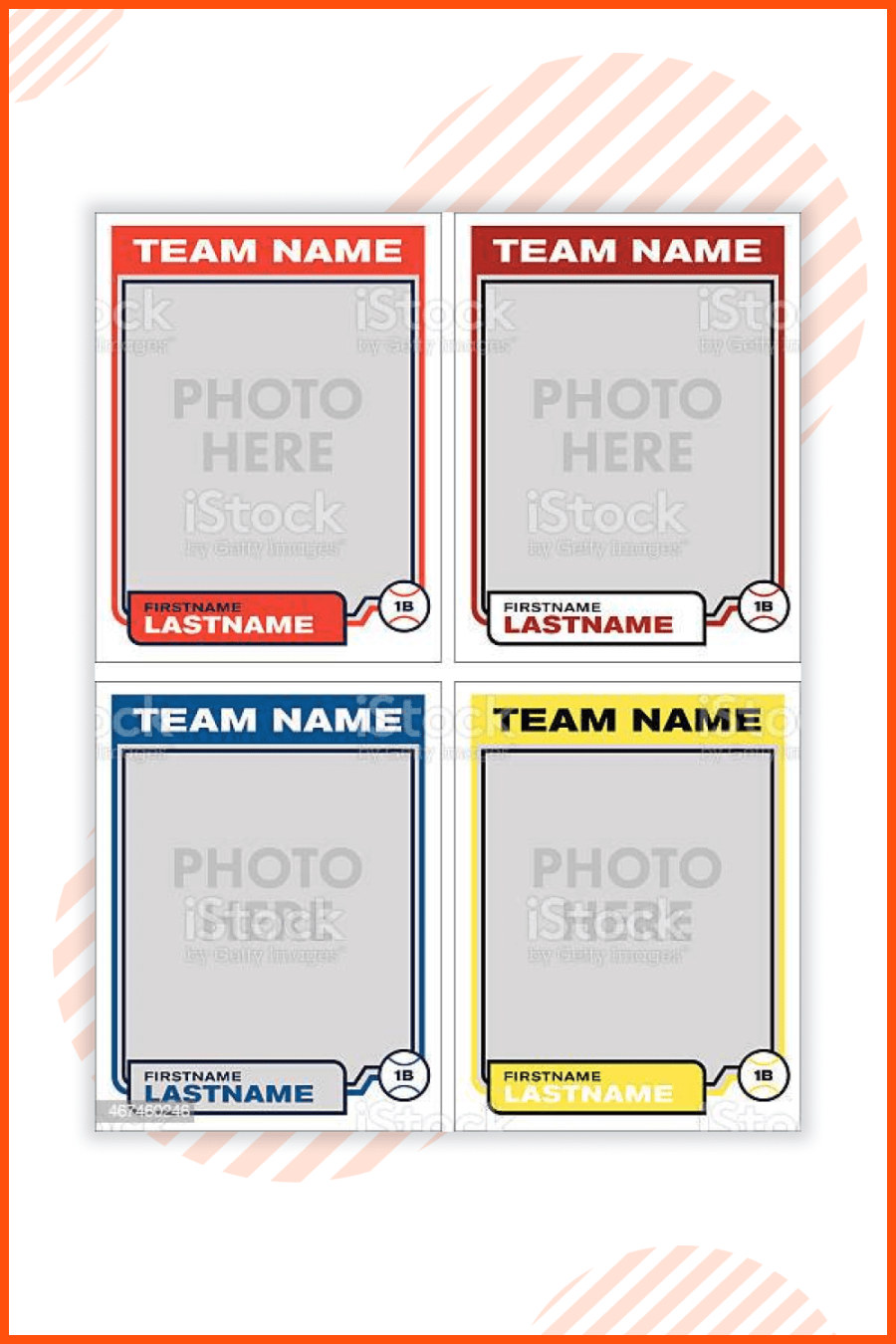Understanding Baseball Card Template Word
Baseball card templates are essential tools for creating visually appealing and informative cards that showcase the achievements and statistics of baseball players. A well-designed template can help you create cards that are both professional and engaging. This guide will delve into the key design elements that contribute to a professional baseball card template in Word.

Typography
Font Selection: Choose fonts that are legible and easy to read, especially in smaller sizes. Serif fonts like Times New Roman or Garamond can add a classic and timeless feel, while sans-serif fonts like Arial or Helvetica offer a more modern and clean look.
Layout and Composition
Balance and Symmetry: Strive for a balanced and symmetrical layout to create a visually pleasing card. Consider using a grid system to guide your design and ensure consistency.
Imagery
High-Quality Photos: Use high-quality photos of the player to enhance the overall appeal of the card. Ensure that the photos are well-lit and in focus.
Color Scheme
Color Psychology: Choose colors that are appropriate for the sport of baseball and that convey the desired message. Consider using traditional baseball colors like red, white, and blue, or explore other color combinations that reflect the player’s personality or team affiliation.
Professional Touches
Branding Elements: Incorporate branding elements such as team logos, colors, and fonts to create a cohesive and professional look.
Conclusion
By carefully considering these design elements, you can create professional baseball card templates in Word that are both visually appealing and informative. Remember to pay attention to typography, layout, imagery, color scheme, and professional touches to ensure that your cards stand out and make a lasting impression.